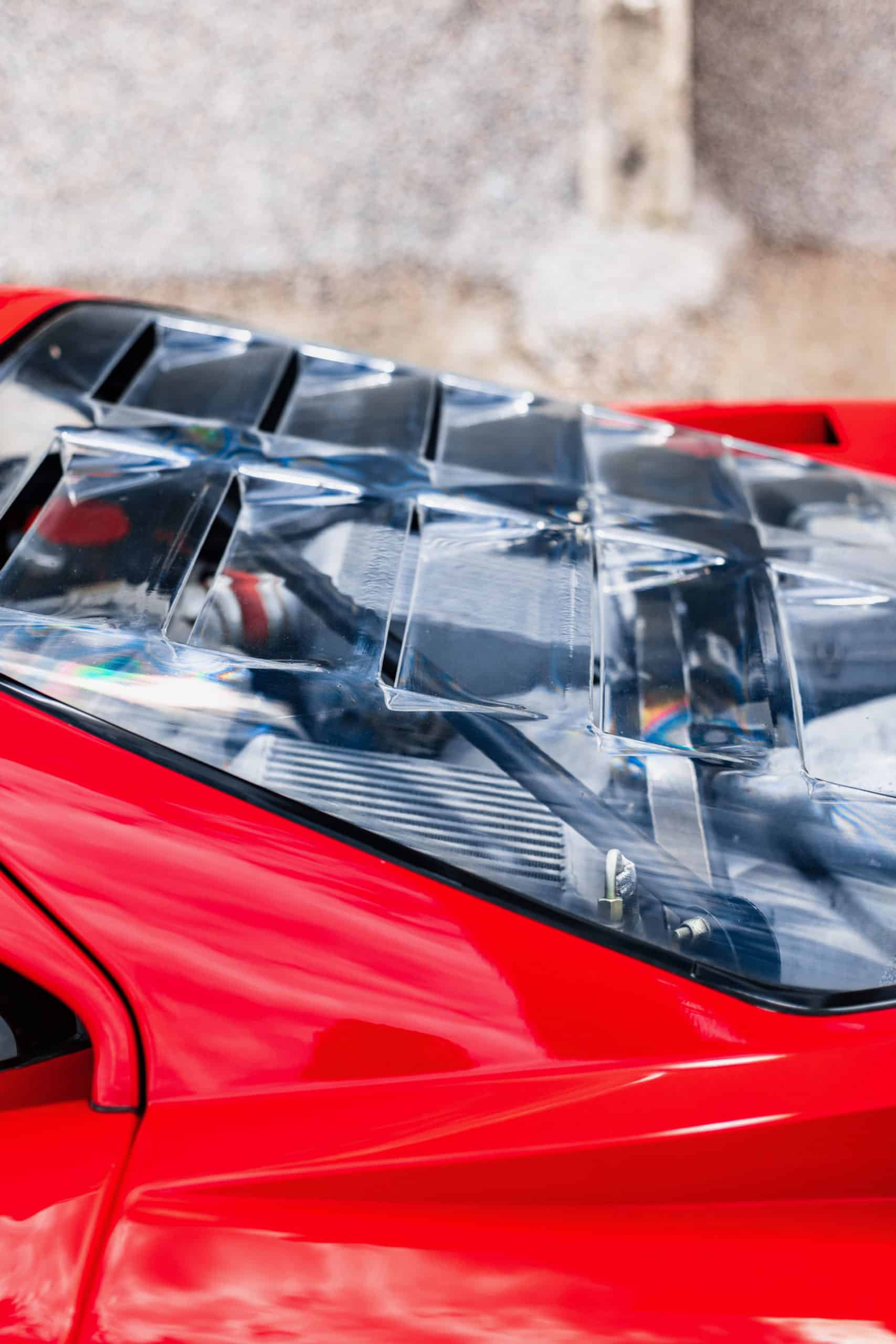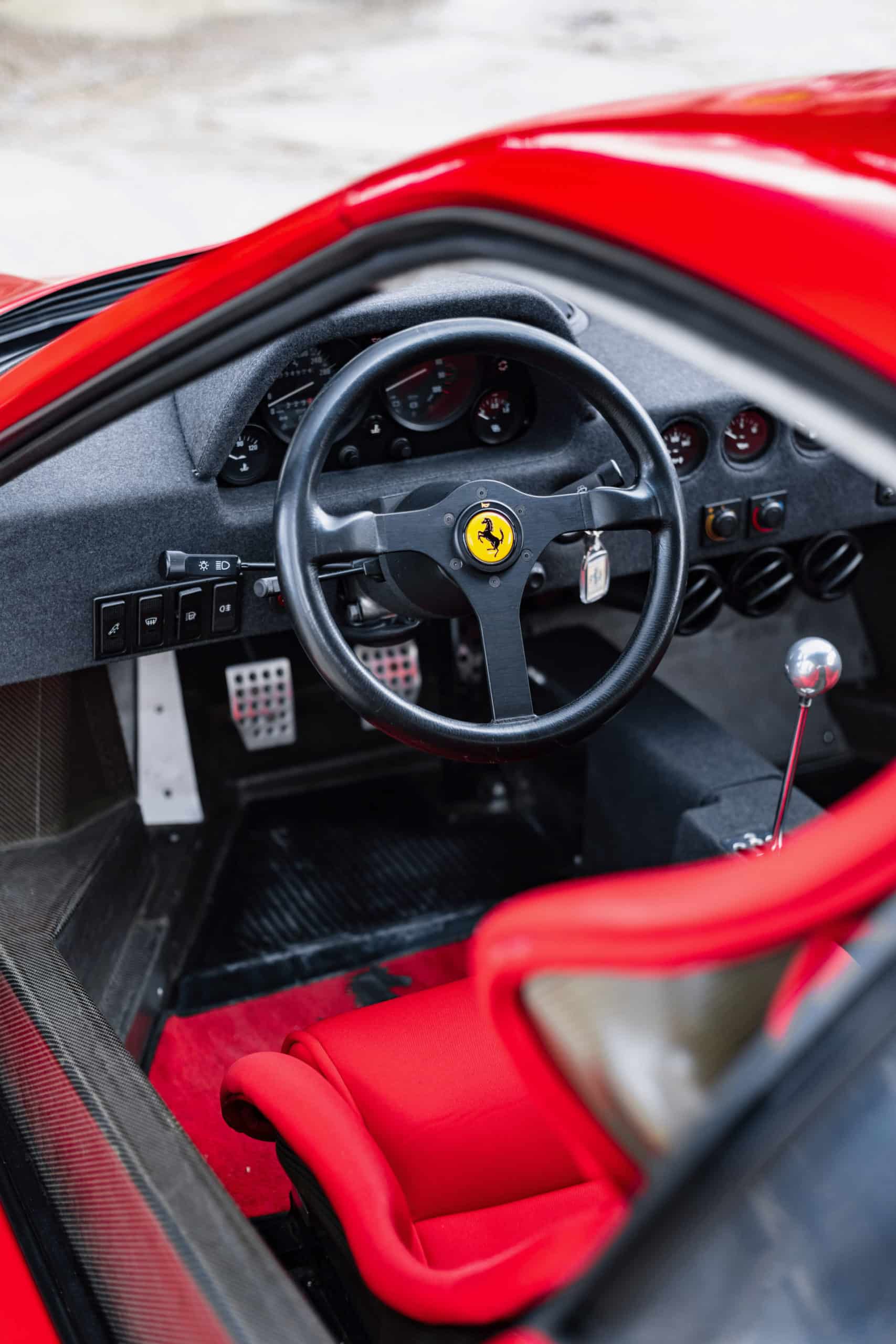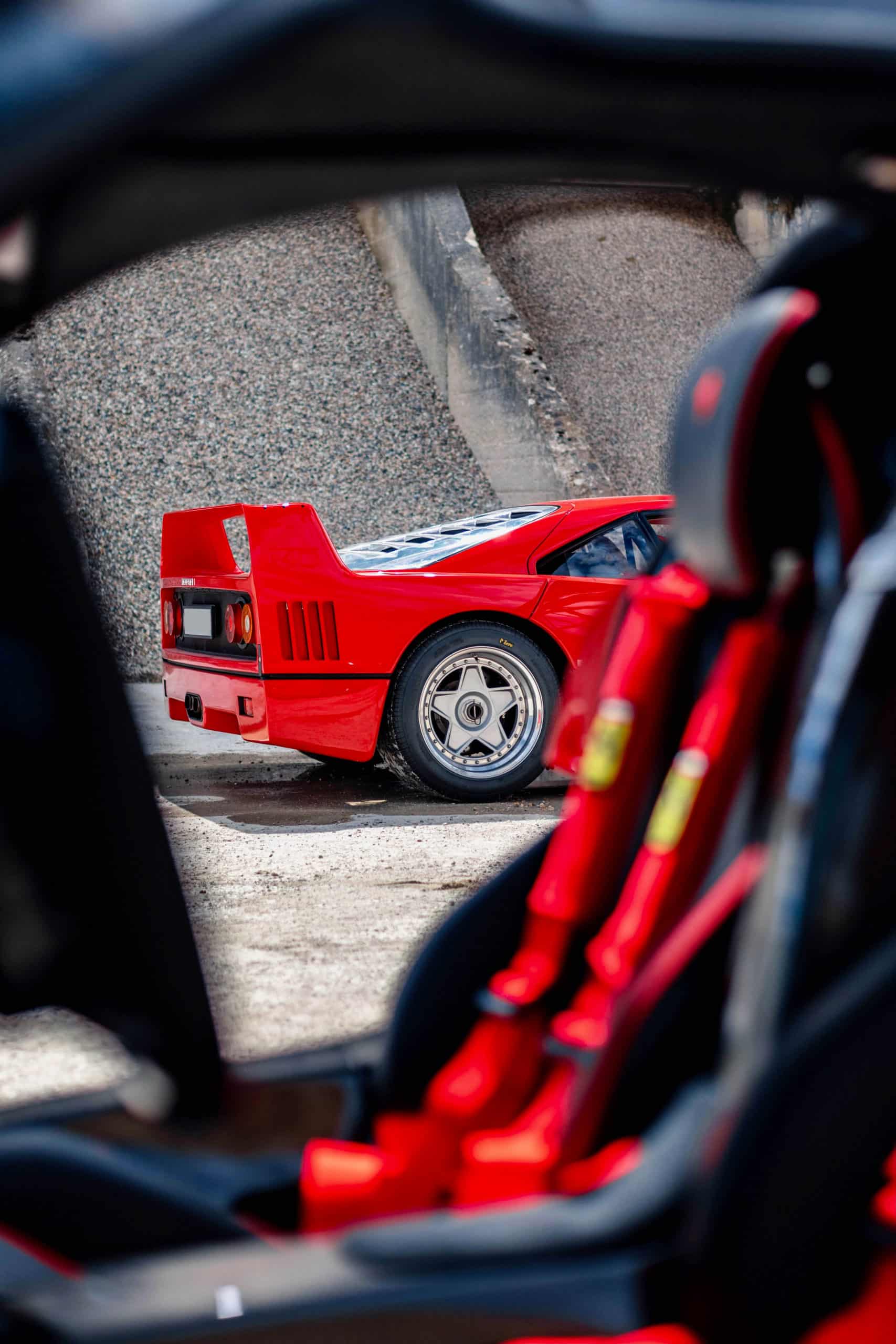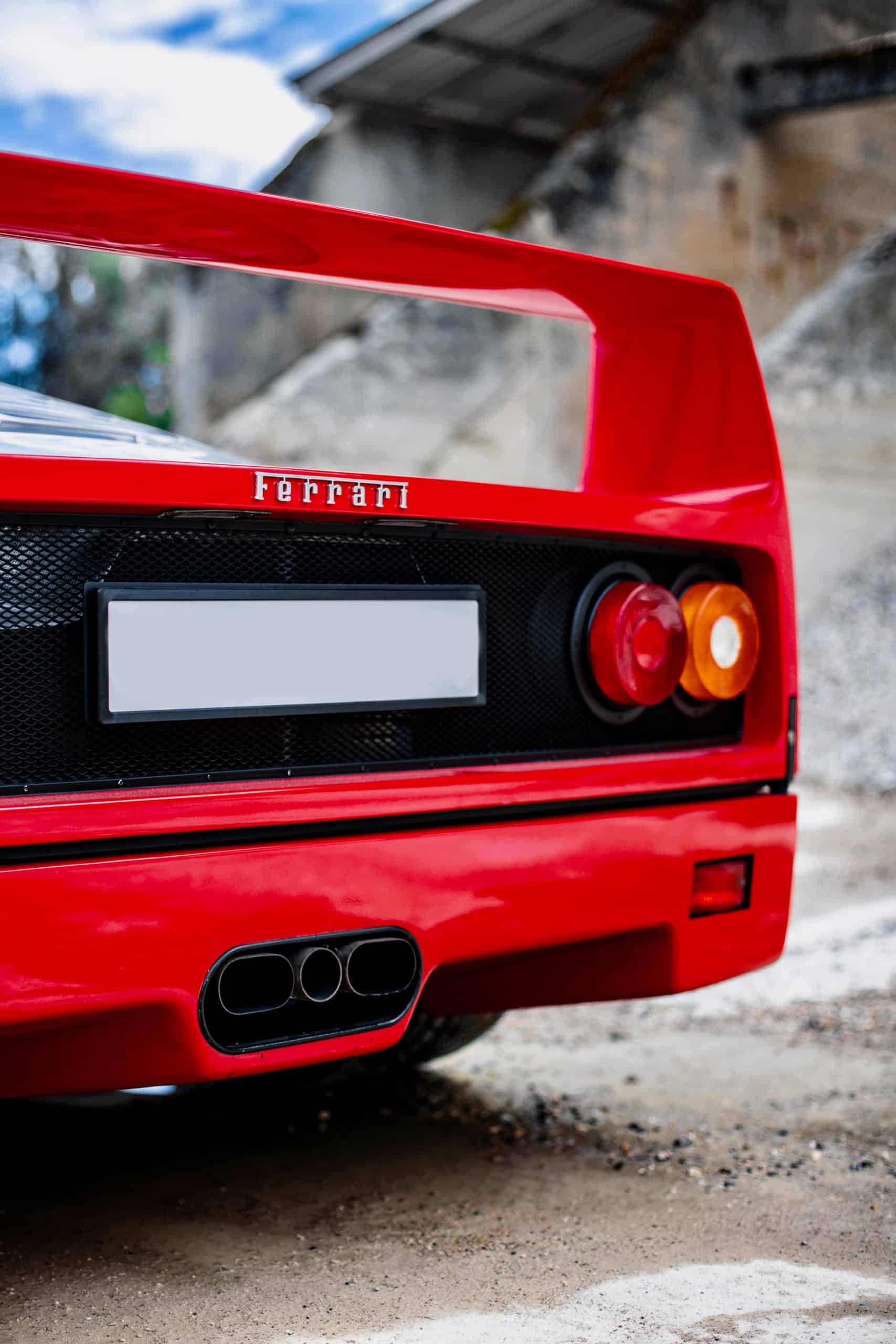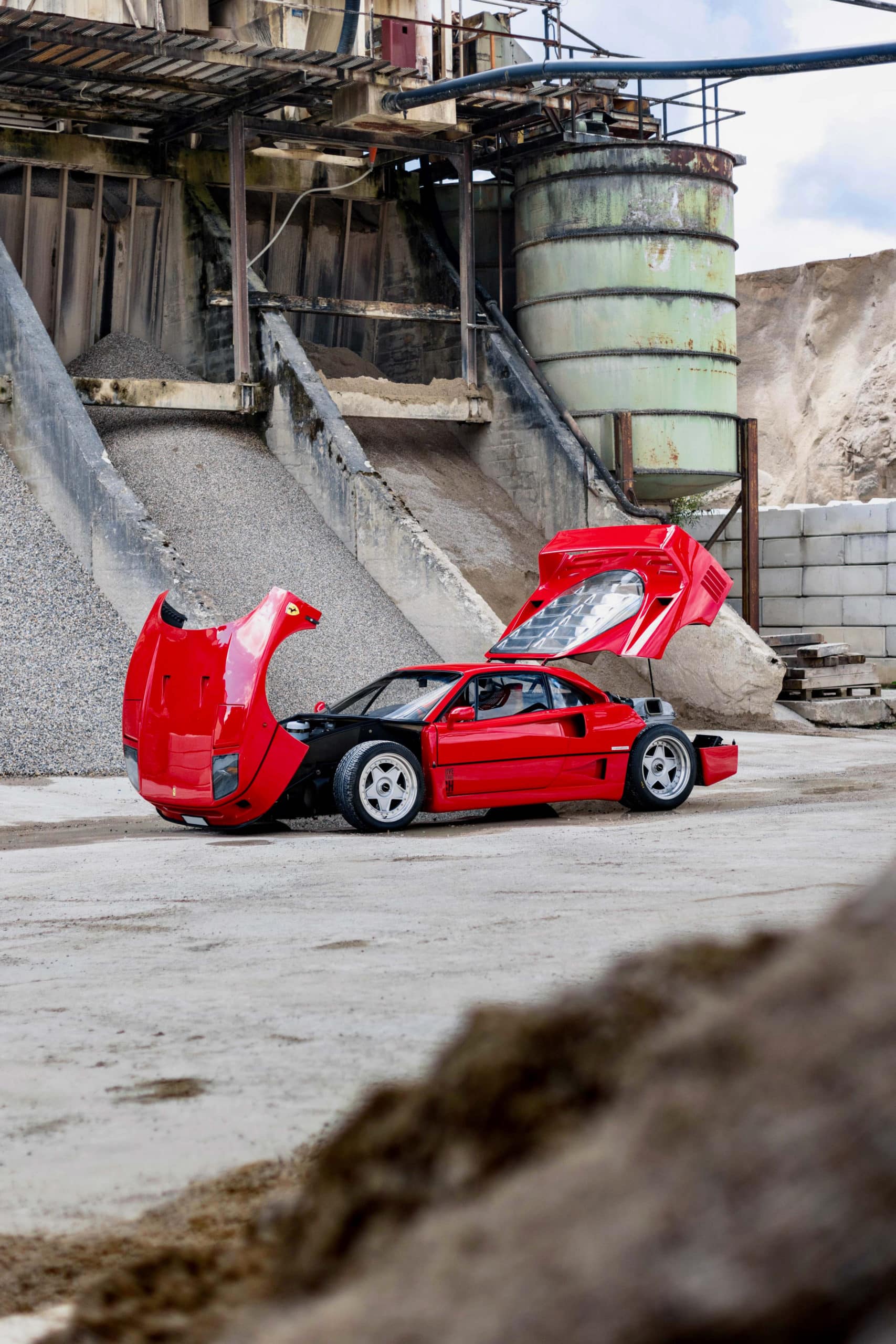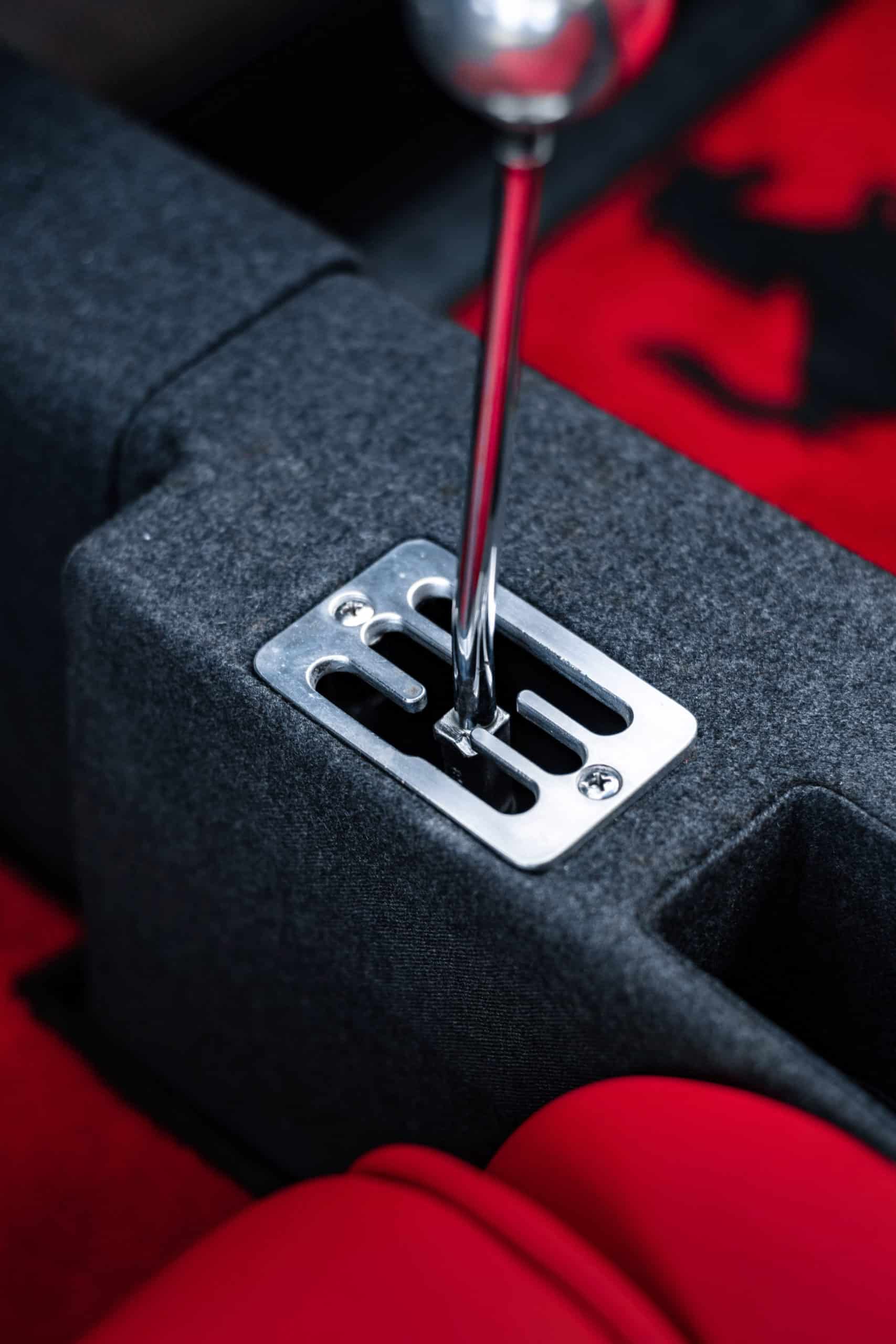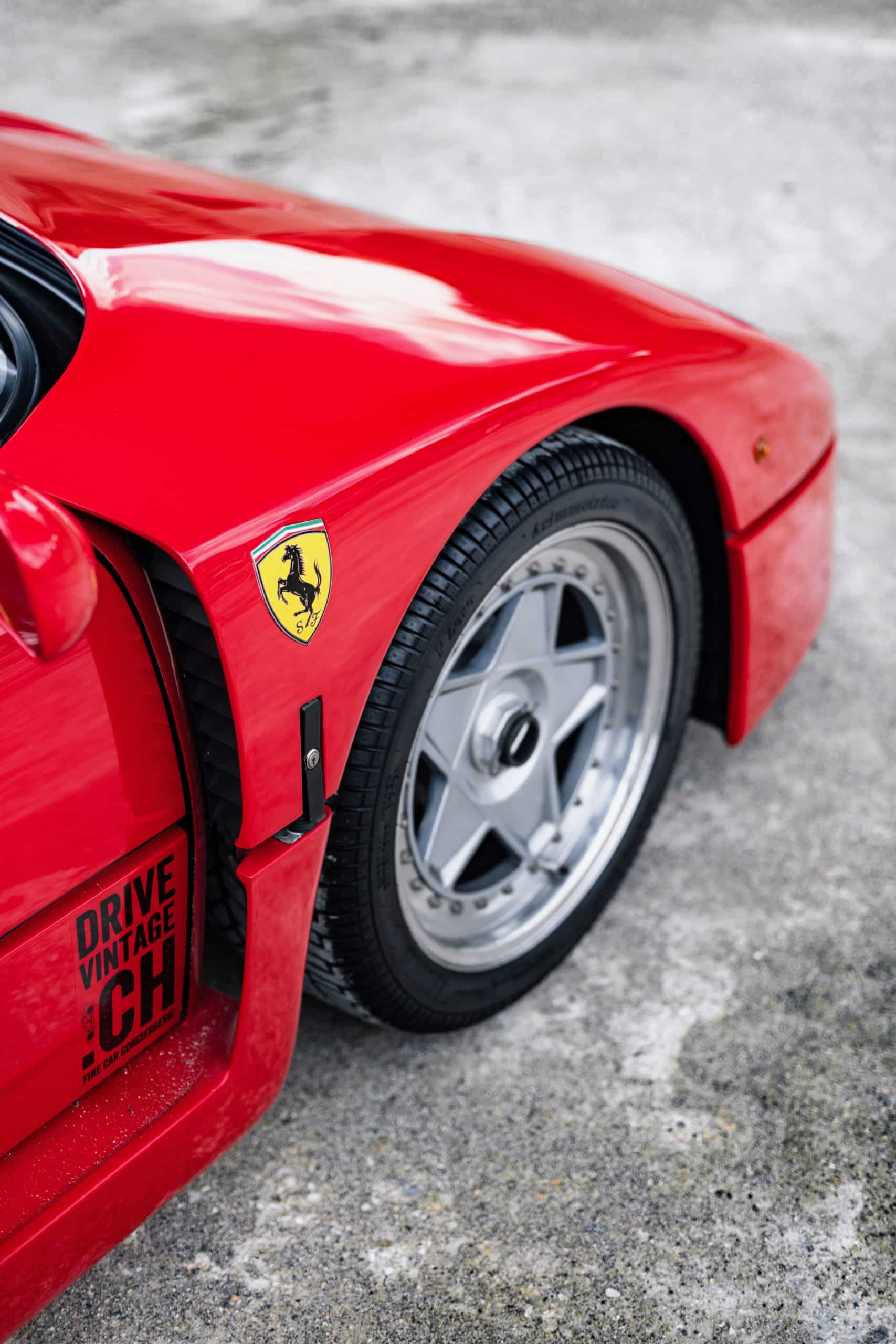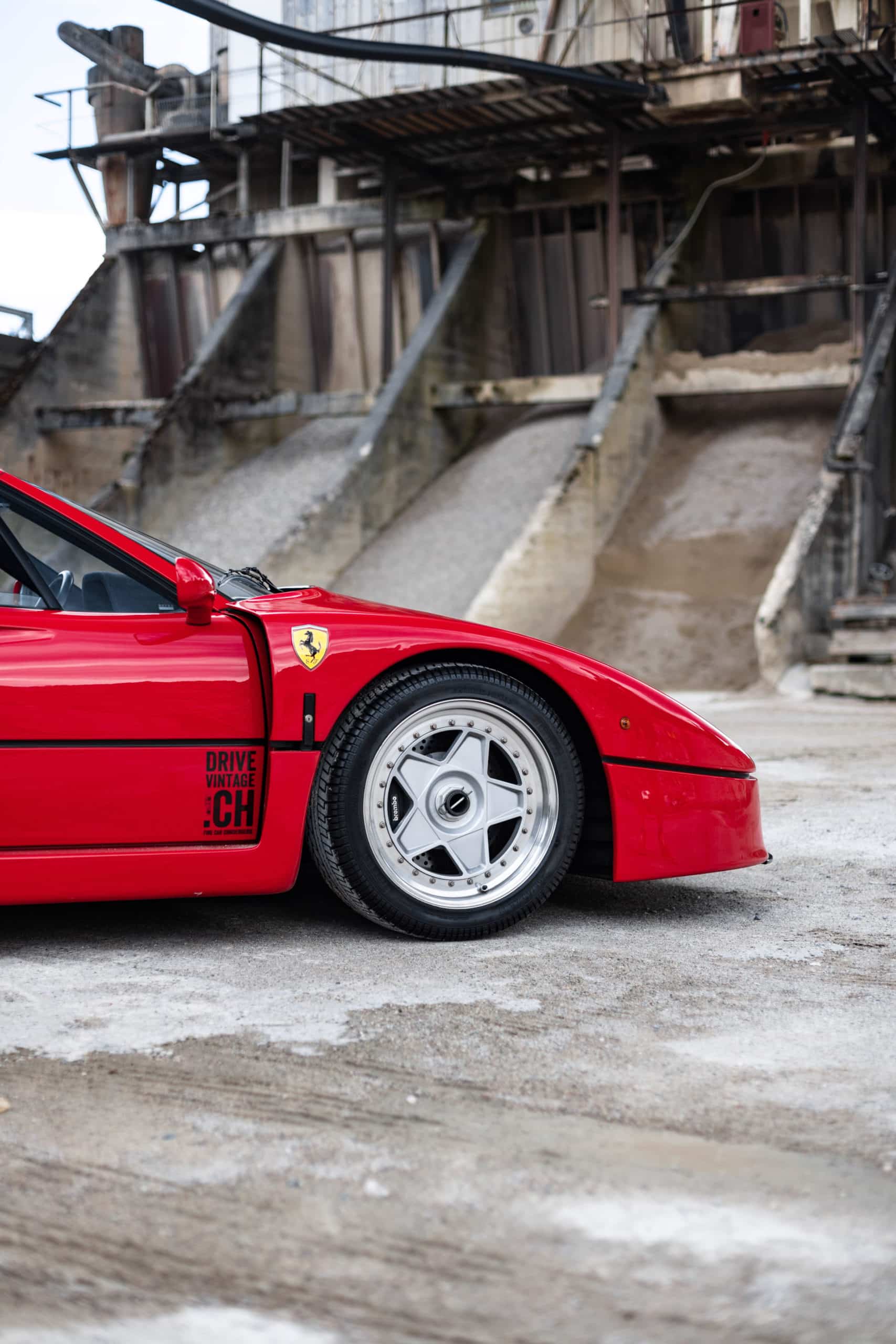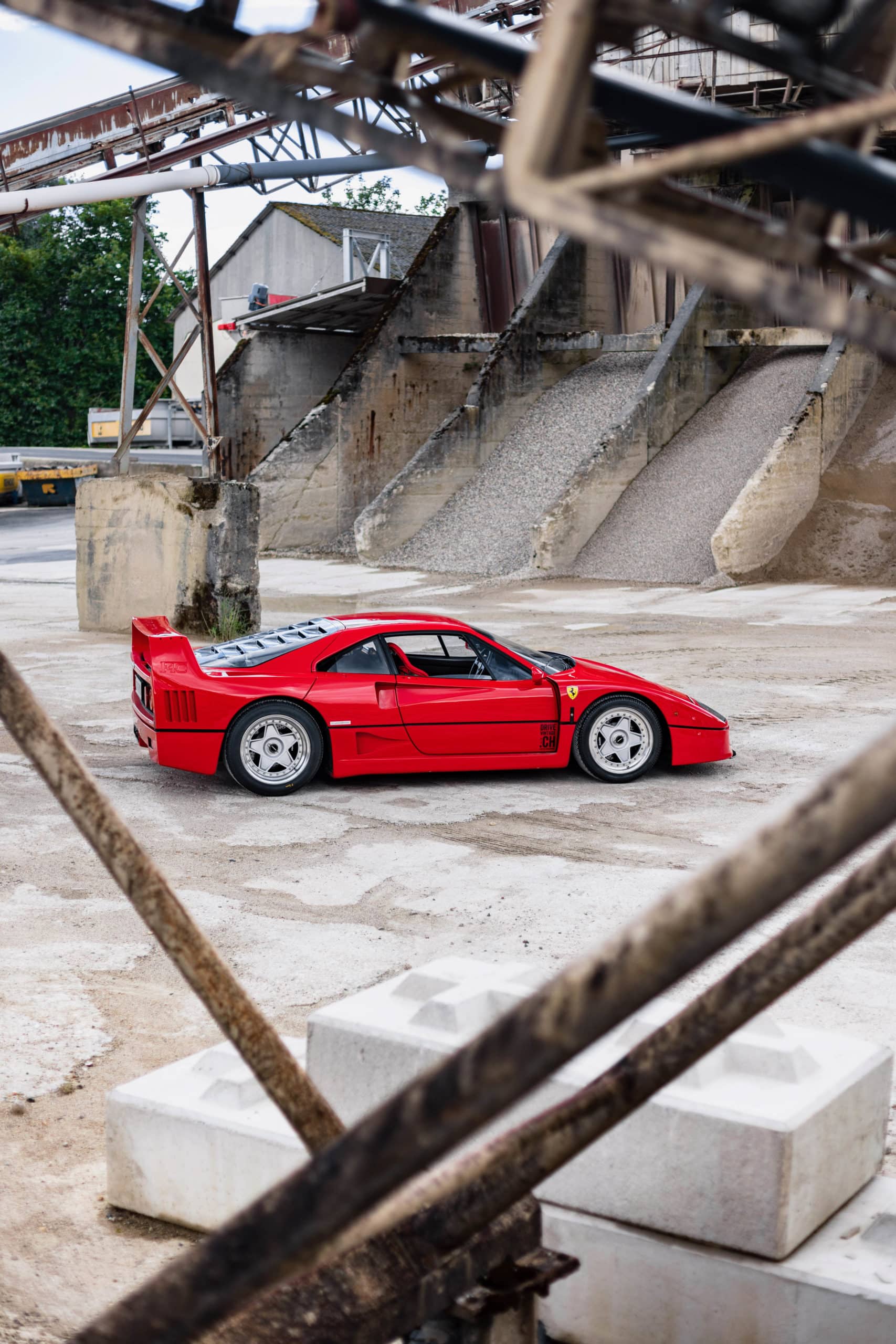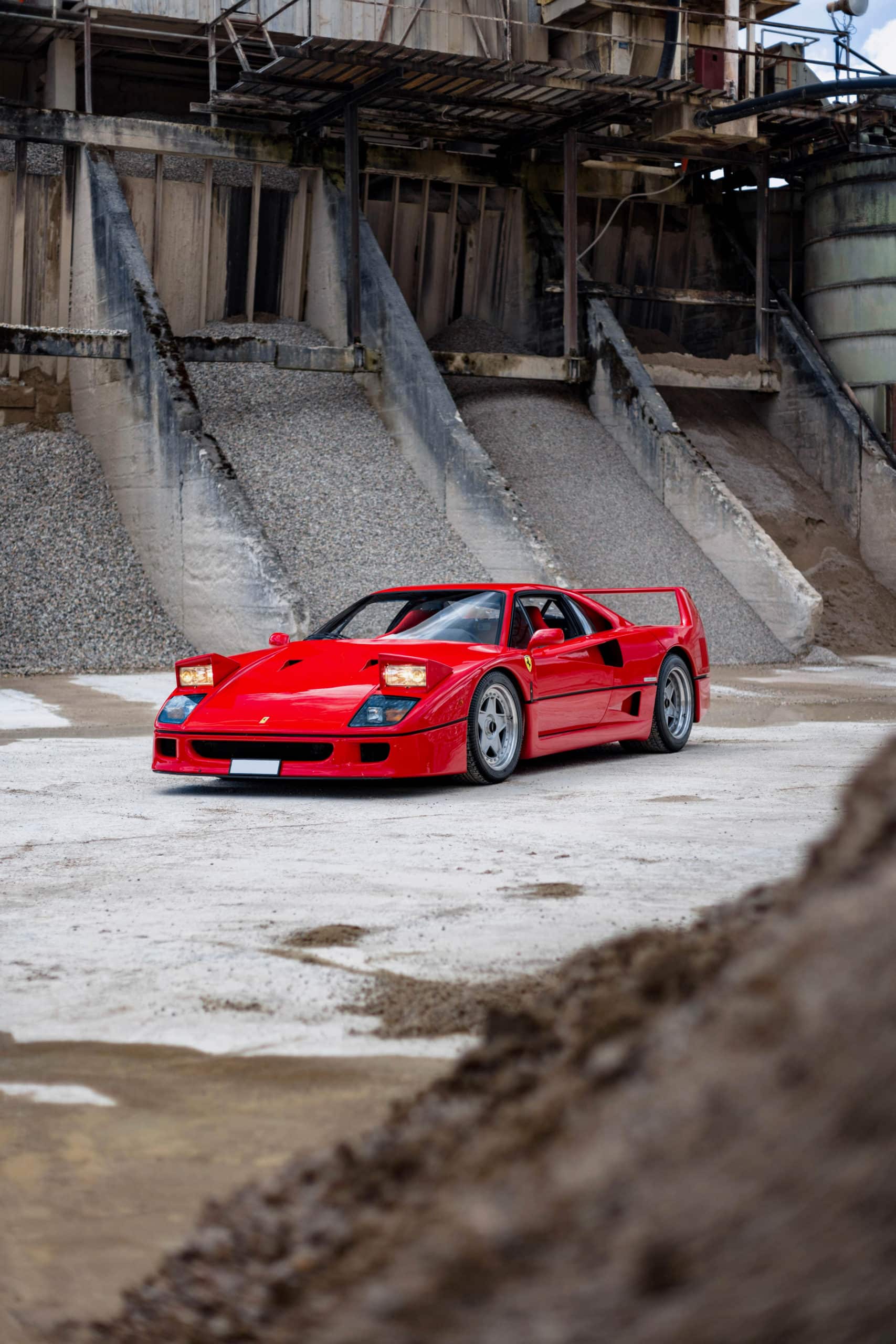FERRARI
FERRARI
F40
ZFFGJ34B000080783
ZFFGJ34B000080783
In the world of high-performance sports cars, few names evoke as much reverence and admiration as Ferrari. Among the many remarkable models to bear the prancing horse emblem, the 1989 Ferrari F40 stands out as an enduring symbol of automotive excellence. Born from the passion and innovation of the late Enzo Ferrari, the F40 was a vehicle that pushed the boundaries of what a supercar could be. In this article, we delve into the history, design, and legacy of the legendary Ferrari F40.The story of the Ferrari F40 begins with a singular vision – to create the ultimate road-legal supercar. Enzo Ferrari, the founder of the company, wanted a car that would capture the essence of racing and deliver it to the open road. With this goal in mind, Ferrari engineers set out to create a masterpiece, and what they created would become a timeless legend.
The Ferrari F40 was officially unveiled in 1987 to celebrate the 40th anniversary of Ferrari. It was an instant sensation, stunning enthusiasts and experts alike with its striking design, extraordinary power, and uncompromising focus on performance. With a limited production run of just 1,315 units, the F40 became one of the most sought-after supercars of its time, and it remains highly coveted by collectors and enthusiasts to this day.
The F40’s design, penned by Leonardo Fioravanti of Pininfarina, was a breathtaking blend of form and function. Every curve, every crease, and every vent had a specific purpose. The car’s low-slung, aerodynamic shape was influenced by the demands of the racetrack, resulting in a design that was both beautiful and incredibly functional.
At its core, the F40 was built around a lightweight steel tube frame that was then covered with a Kevlar and carbon fiber body. The body’s unique, aggressive styling included prominent side vents, a distinctive rear wing, and a trio of taillights that have become iconic. The F40’s signature “scuderia” shields on the front fenders proudly displayed its racing heritage.
The heart of the Ferrari F40 was its mid-mounted 2.9-liter twin-turbocharged V8 engine. With an output of 471 horsepower and 426 lb-ft of torque, it could accelerate from 0 to 60 mph in just 3.8 seconds and reach a top speed of 201 mph – an astonishing achievement in 1989. The engine was mated to a 5-speed manual gearbox, offering a pure and exhilarating driving experience.
Inside the cockpit, the F40 was Spartan and purposeful, with minimal creature comforts. This was a car built for driving enthusiasts, and it eschewed luxury in favor of weight reduction and a focus on the road. Racing-style bucket seats, a sparse dashboard, and a three-spoke steering wheel kept the driver connected to the road and the car’s pure driving experience.
The Ferrari F40’s legacy endures to this day. It remains a symbol of an era when supercars were defined by their raw power, unadulterated driving experiences, and uncompromising design. Its status as a collector’s item and an object of automotive desire is further solidified by its rarity and iconic status.
The 1989 Ferrari F40 was, and still is, a masterpiece of automotive engineering, design, and performance. It represents the zenith of the supercar world in its era, and its enduring legacy continues to inspire a new generation of enthusiasts and car lovers. As an emblem of the relentless pursuit of excellence by Enzo Ferrari and his team, the F40 will forever hold a special place in the pantheon of automotive legends.


